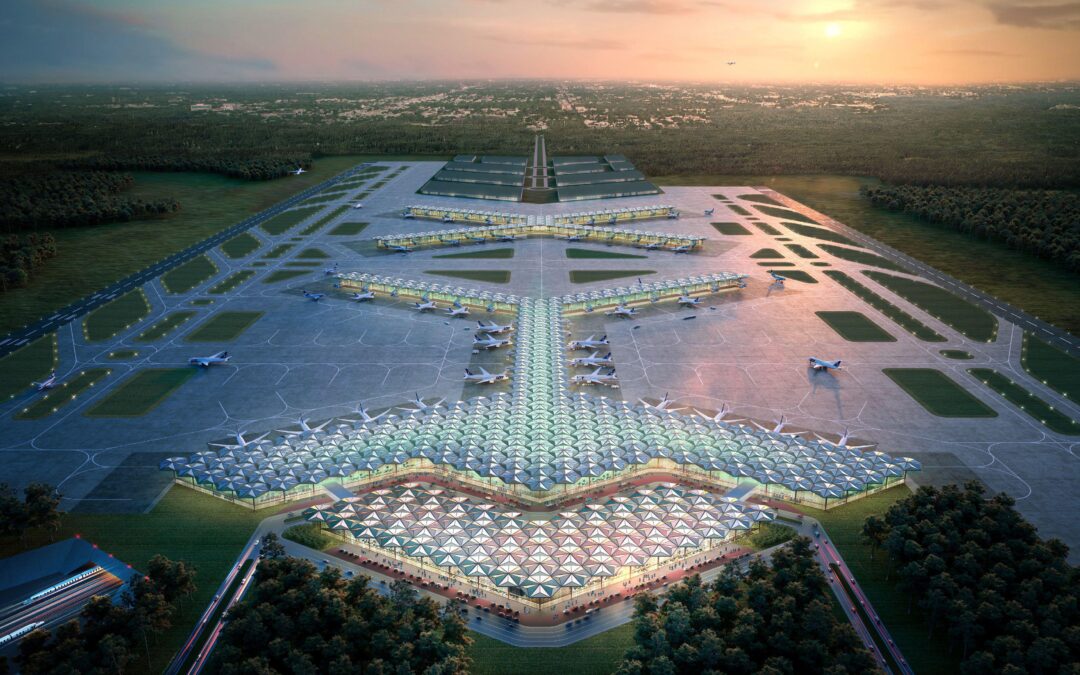The new “mega-airport” being planned by Poland’s government will now adopt a “completely different” business model than the one previously envisioned, with a greater emphasis on air cargo, says one of its senior managers.
The Solidarity Transport Hub (CPK), which will be located between Warsaw and Łódź and is slated to open in 2027, is one of the government’s flagship projects. As well as a large airport, which is intended to become an important regional hub, it will also feature railway interchanges and road connections.
The idea has drawn criticism from some quarters, however, in particular in the wake of the pandemic, which has dramatically reduced air travel. Others argue that, with the increased range of planes, the hub model is less important than it was.
Michał Czarnik, executive director of CPK, told business website WNP that, based on market trends and forecasts by the International Air Transport Association, the airport is now expected to take on more of a role in cargo transport.
“I cannot talk about specific figures yet, because the forecasts are not finally received,” he added. He noted, however, that more air cargo would mean that “the airport’s business model will be completely different”.
Czarnik said that the airport would handle freight (rather than just belly-cargo, meaning transported in the lower deck of passenger aircraft) separately from passenger transport.
There would “definitely” be a special cargo terminal at the airport, but its “size and shape” would be specified later as part of a masterplan. “Undoubtedly, these will be much larger facilities than those currently existing at Polish airports,” he said.
In August, the government announced that preparatory work is underway for 1,000 kilometres of railway lines that will connect to the airport through interchanges. The project includes plans for a total of around 1,800 kilometres of new railway lines by 2034.
The airport was forecast to initially serve 45 million passengers a year, which would put it in a similar league to London Gatwick (which had 46.5 million passengers in 2019). The aim is to eventually expand to 100 million a year, which, on pre-pandemic figures, would make it the second busiest airport in the world alongside Beijing and behind only Atlanta.
The project has, however, attracted criticism from residents living in villages around where the airport will be built, as well as opposition politicians and some figures in the airline industry.
Last week, Ryanair boss Michael O’Leary criticised the Polish government’s “crazy” plans to spend billions on building the large new hub, which he called a “stupid project”. He said Poland would be better off investing the money in improving existing airports.
In response, CPK issued a statement saying that the project is “a well-thought-out investment, profitable for the Polish economy, and not necessarily for the Irish carrier”.
Main image credit: CPK/press materials

Maria Wilczek is deputy editor of Notes from Poland. She is a regular writer for The Times, The Economist and Al Jazeera English, and has also featured in Foreign Policy, Politico Europe, The Spectator and Gazeta Wyborcza.




















